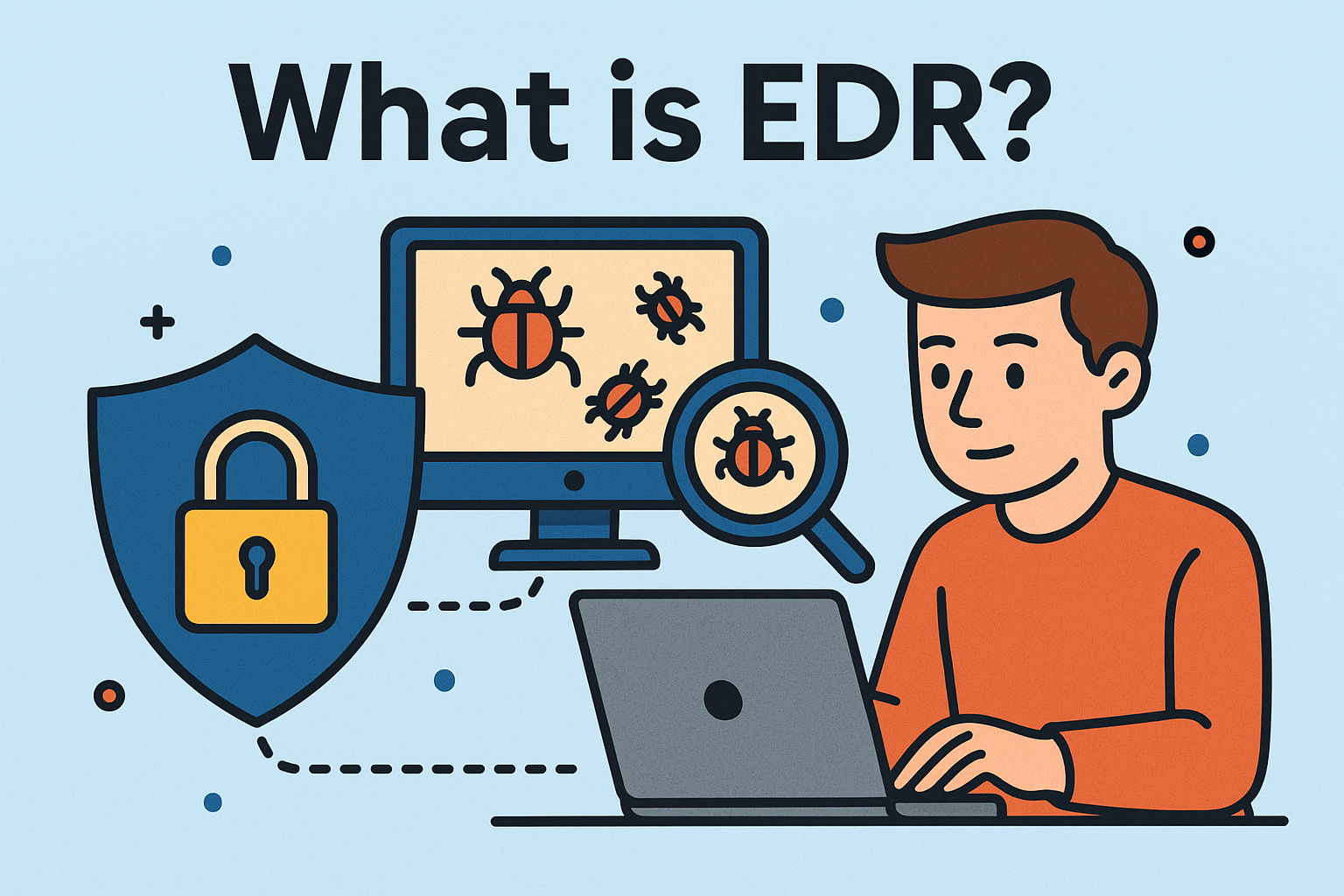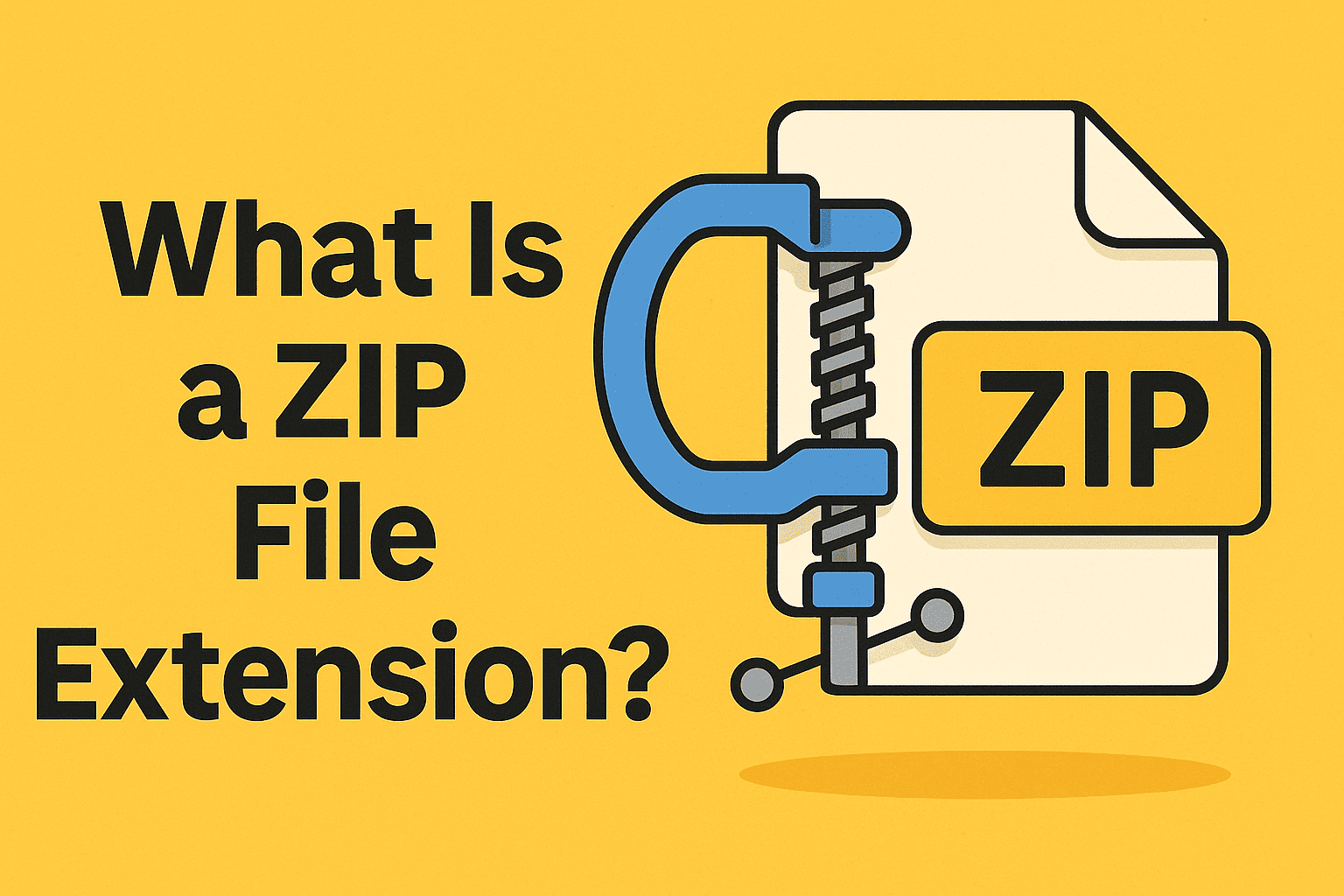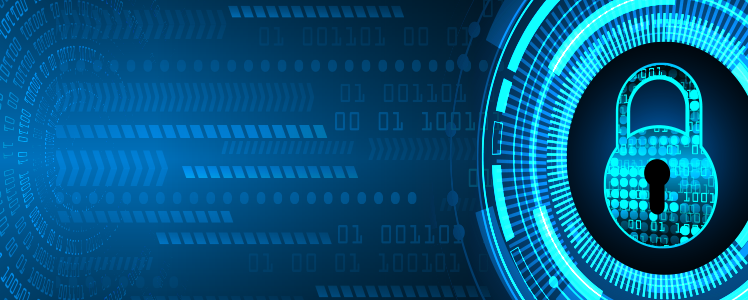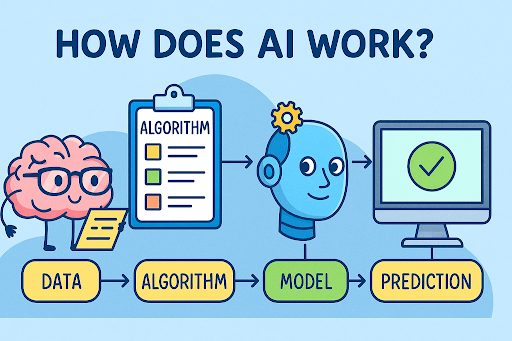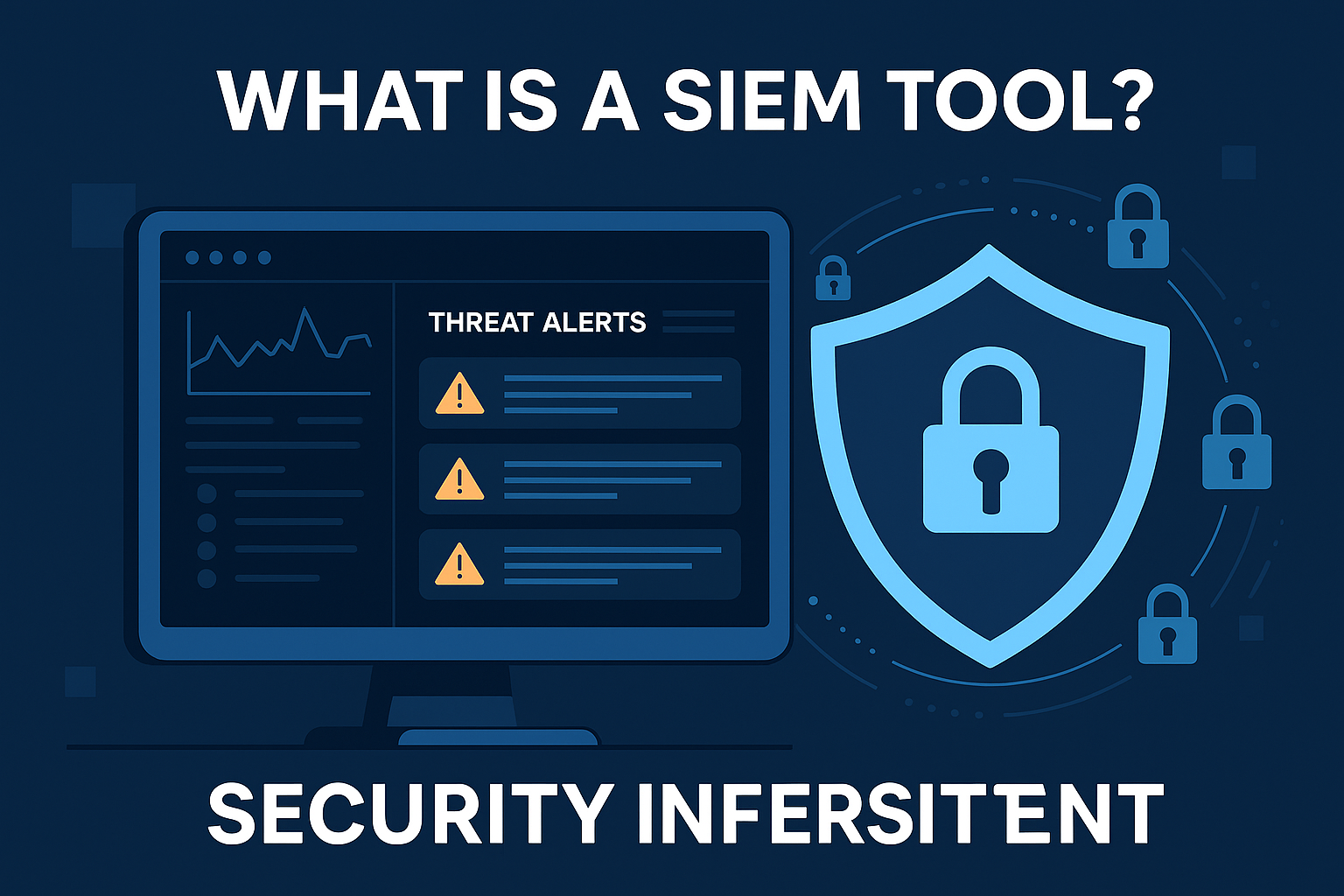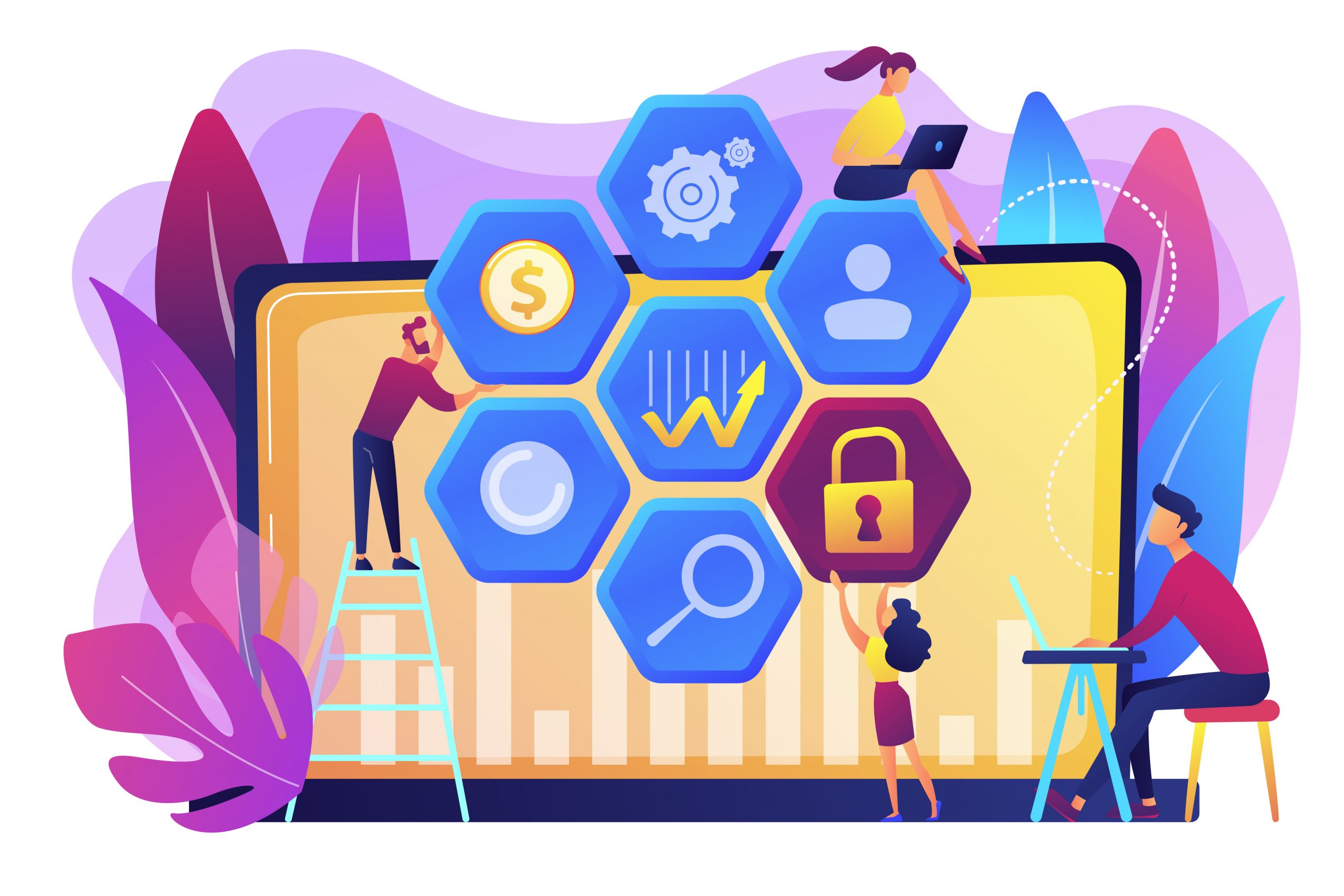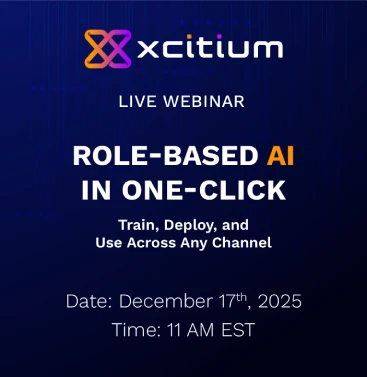What Does AI Mean? Understanding Artificial Intelligence in 2025
Updated on November 6, 2025, by Xcitium
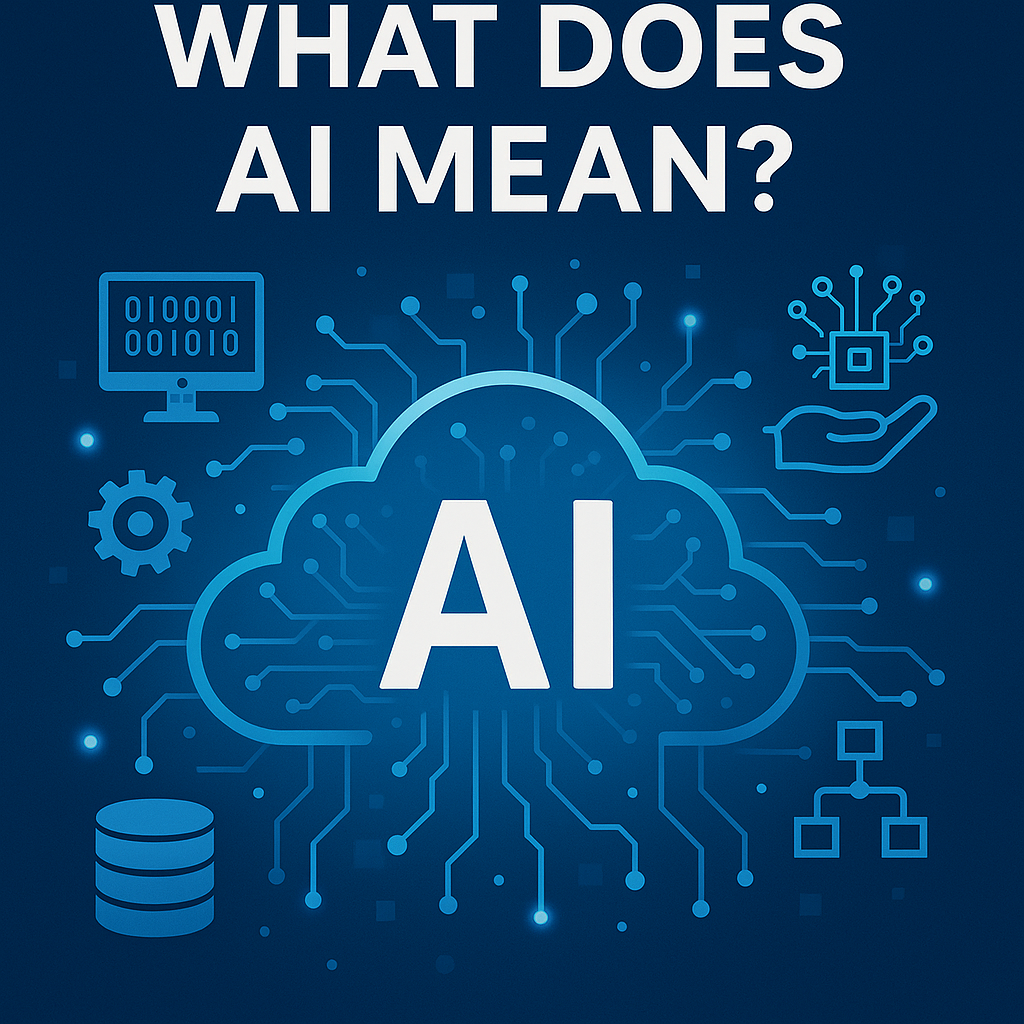
Artificial Intelligence, or AI, has become one of the most transformative technologies of the 21st century. From predicting cybersecurity threats to automating IT operations, AI is redefining how businesses function.
But what does AI mean, exactly? Beyond the buzzwords and futuristic imagery, AI represents a set of technologies designed to make machines think, learn, and act like humans — but faster, more accurately, and at scale.
In this detailed guide, we’ll explore what AI really means, how it works, and why it’s essential for cybersecurity and business success in 2025.
What Does AI Mean? The Simple Definition
AI stands for Artificial Intelligence, which refers to computer systems capable of performing tasks that typically require human intelligence.
These tasks include:
-
Understanding natural language (like chatbots and voice assistants)
-
Recognizing patterns and objects (facial recognition, image analysis)
-
Making predictions (data analytics and forecasting)
-
Solving problems (cyber defense, business automation)
At its core, AI mimics human learning and decision-making, allowing machines to continuously improve through data and experience.
A Brief History of Artificial Intelligence
The concept of AI isn’t new — it’s been evolving for nearly 70 years.
1. The Early Vision (1950s–1970s)
AI began as an academic experiment. Pioneers like Alan Turing proposed that machines could simulate human thinking, and the term “Artificial Intelligence” was coined in 1956 at Dartmouth College.
2. The AI Winter (1980s–1990s)
Overpromises and underperformance led to funding cuts and slowed research.
3. The Rise of Machine Learning (2000s–2010s)
AI found new life through machine learning — algorithms that learn from data. Companies like Google and IBM began building practical AI models.
4. The AI Explosion (2020s–Today)
With advancements in computing power, cloud infrastructure, and data analytics, AI is now at the heart of cybersecurity, automation, and decision-making across industries.
How AI Works: The Core Components
AI combines data, algorithms, and computing power to simulate intelligence.
1. Machine Learning (ML)
ML enables systems to learn from data without being explicitly programmed.
-
Example: Spam filters learn what emails to block by analyzing millions of samples.
2. Deep Learning
A subset of ML that uses neural networks — algorithms modeled after the human brain.
-
Example: Image recognition and speech-to-text systems.
3. Natural Language Processing (NLP)
Allows machines to understand, interpret, and respond to human language.
-
Example: Chatbots, voice assistants, and AI customer service.
4. Computer Vision
AI analyzes visual data from cameras and sensors.
-
Example: Self-driving cars, facial recognition, and anomaly detection.
5. Predictive Analytics
AI predicts future outcomes based on past data.
-
Example: Cybersecurity systems predicting potential breaches before they occur.
These technologies collectively form the foundation of AI-driven automation and decision-making.
Applications of AI in Business and Technology
AI has revolutionized nearly every industry, enhancing performance, accuracy, and innovation.
1. Cybersecurity
AI plays a vital role in identifying and mitigating cyber threats.
-
Detects anomalies in network behavior.
-
Automates incident response.
-
Uses predictive analytics to prevent attacks.
Platforms like Xcitium’s cybersecurity solutions leverage AI to isolate threats before they harm critical systems.
2. IT Operations
AI helps IT managers automate monitoring, detect system issues, and optimize performance using AIOps (Artificial Intelligence for IT Operations).
3. Healthcare
AI assists in diagnostics, patient monitoring, and personalized medicine.
4. Finance
AI-driven systems detect fraud, analyze risk, and automate trading decisions.
5. Manufacturing
Smart factories use AI to predict equipment failures and optimize production lines.
6. Marketing
AI analyzes customer data to personalize recommendations and improve user experience.
AI’s adaptability means it continues to evolve across sectors, creating endless opportunities for innovation.
AI in Cybersecurity: A Closer Look
Cyber threats are evolving at an alarming rate — and traditional defense methods can’t keep up. This is where AI steps in.
1. Threat Detection
AI systems analyze network traffic in real time, identifying suspicious activity that humans might miss.
2. Behavioral Analysis
By studying normal system behavior, AI can detect anomalies such as unusual login attempts or file access.
3. Incident Response Automation
AI-powered security platforms automatically contain threats — stopping ransomware or phishing attacks in seconds.
4. Predictive Defense
AI forecasts potential vulnerabilities based on global threat intelligence data, helping teams patch weaknesses before they’re exploited.
By combining machine learning, automation, and big data, AI transforms reactive cybersecurity into proactive protection.
Benefits of Using AI in Business
Implementing AI offers several measurable benefits that extend beyond automation.
1. Increased Efficiency
AI reduces human error and accelerates workflows.
2. Cost Reduction
Automation eliminates repetitive tasks, saving labor and operational costs.
3. Enhanced Decision-Making
AI provides real-time insights, enabling faster and data-driven business strategies.
4. Improved Security
AI continuously monitors systems to detect, analyze, and neutralize cyber threats.
5. Scalability
AI systems can process vast amounts of data across multiple networks — something impossible for humans to do manually.
Challenges of Artificial Intelligence
Despite its advantages, AI brings a unique set of challenges.
1. Data Privacy
AI systems require massive datasets, which may include personal or sensitive information.
2. Bias in Algorithms
Poorly trained AI models can produce biased or inaccurate results.
3. Lack of Transparency
AI “black box” models can make decisions that are difficult to interpret or audit.
4. Ethical Concerns
Questions about surveillance, job automation, and fairness remain major debates in the AI space.
Addressing these challenges requires strong governance, transparent AI practices, and cybersecurity integration.
Types of AI: Narrow vs. General
AI is often divided into two main categories:
1. Narrow AI (Weak AI)
Performs specific tasks within defined limits.
-
Examples: Voice assistants, recommendation systems, and spam filters.
2. General AI (Strong AI)
Theoretical AI capable of human-like reasoning and creativity.
-
Example: Not yet achieved — but active research continues.
Currently, most commercial AI applications fall under narrow AI, but advancements in machine learning are pushing boundaries every year.
AI and the Future of Work
AI isn’t replacing humans — it’s enhancing productivity and decision-making.
How AI Empowers Employees:
-
Automates repetitive tasks.
-
Frees up time for strategic work.
-
Improves accuracy in complex processes.
However, new skill sets like AI literacy, data analytics, and automation management are now critical for modern professionals.
Organizations investing in workforce training and responsible AI adoption will lead the next digital revolution.
Ethical and Legal Implications of AI
As AI becomes more integrated into business systems, companies must navigate ethical and regulatory concerns.
1. Responsible AI Development
AI systems should be transparent, explainable, and unbiased.
2. Data Protection
Compliance with GDPR, HIPAA, and CCPA ensures ethical handling of user data.
3. Accountability
Human oversight must remain part of decision-making, especially in security, healthcare, and finance.
By combining AI with ethical frameworks, organizations can build trust and compliance in a digital-first world.
The Future of AI in 2025 and Beyond
AI is no longer futuristic — it’s foundational.
Emerging Trends:
-
AI-Powered Cyber Defense: Autonomous threat response and Zero Trust architecture.
-
Generative AI: Creating text, images, and code using large language models.
-
Edge AI: Processing data locally on devices for faster and more secure results.
-
AI Regulation: Governments establishing frameworks for ethical AI use.
In the next decade, AI will be deeply embedded in every business function, from security to customer engagement.
Conclusion: AI Is the Engine of Modern Innovation
So, what does AI mean in today’s context? It’s not just about smart machines — it’s about empowering people and organizations to make better, faster, and safer decisions.
From automating cybersecurity responses to transforming business intelligence, AI is reshaping the digital landscape.
👉 Ready to see how AI can enhance your organization’s security and performance?
Request a Free Demo from Xcitium to experience AI-driven protection and intelligent threat prevention in action.
FAQs About AI
1. What does AI stand for?
AI stands for Artificial Intelligence, the simulation of human intelligence by machines.
2. How does AI work?
AI works through algorithms that process data, learn patterns, and make predictions or decisions automatically.
3. Is AI safe to use in cybersecurity?
Yes. AI improves threat detection and automates response times, reducing human error in cybersecurity operations.
4. What industries benefit most from AI?
AI is widely used in cybersecurity, finance, healthcare, IT operations, and manufacturing.
5. Will AI replace human jobs?
AI will automate repetitive tasks but create new roles in data science, automation management, and cybersecurity.





